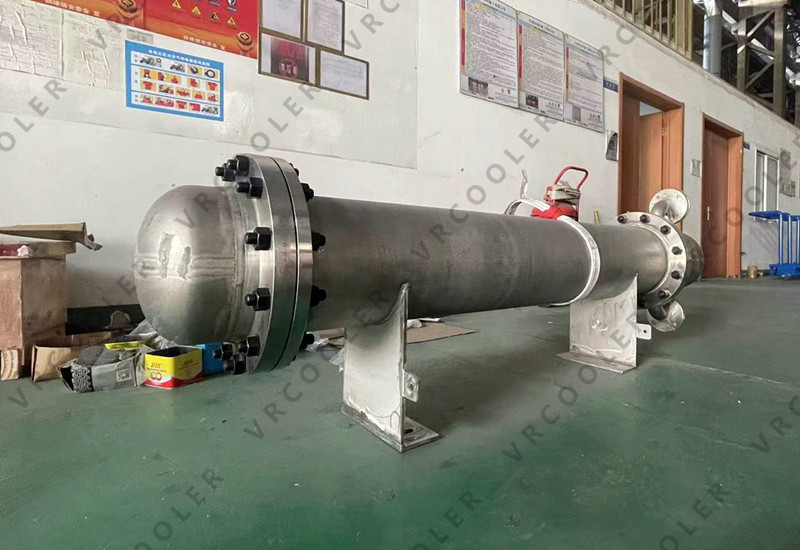Construction and Working of Shell and Tube Heat Exchanger
A shell and tube heat exchanger is a widely used type of heat exchanger that consists of a series of tubes, one set carrying the hot fluid and the other carrying the cold fluid.
Construction
Shell:
The outer cylindrical container that houses the tube bundle.
Provides structural support and contains the shell-side fluid.
Tube Bundle:
Comprises numerous tubes arranged in a bundle.
Typically made of materials like stainless steel, copper, or carbon steel.
The tubes can be straight, U-shaped, or finned to enhance heat transfer.
Tube Sheets:
Plates at both ends of the shell that hold the tubes in place.
Seal the tube ends to prevent mixing of the two fluids.
Inlet and Outlet Connections:
There are separate inlet and outlet ports for both the shell-side and tube-side fluids.
These connections ensure proper flow in and out of the heat exchanger.
Baffles:
Installed inside the shell to direct the flow of the shell-side fluid.
Enhance heat transfer by increasing fluid velocity and promoting turbulence.
End Covers:
Covers at both ends of the shell to facilitate maintenance and inspection.

Working Principle
Fluid Flow:
The hot fluid enters through one end of the tube bundle, flowing through the tubes.
The cold fluid enters the shell side, flowing around the outside of the tubes.
Heat Transfer:
As the hot fluid flows through the tubes, heat is transferred to the cold fluid via conduction through the tube walls.
The design ensures that the two fluids flow in opposite directions (counterflow) or in the same direction (parallel flow), optimizing heat exchange efficiency.
Baffle Function:
The baffles create a path for the shell-side fluid that forces it to flow across the tube bundle multiple times, increasing the heat transfer area and improving efficiency.
Temperature Change:
The temperature of the hot fluid decreases as it releases heat to the cold fluid, which in turn increases its temperature.
Exit:
The heated cold fluid exits the shell side, while the cooled hot fluid exits the tube side.
Applications
Industries: Commonly used in power plants, chemical processing, oil refineries, HVAC systems, and food processing.
Purpose: Effective for cooling, heating, or condensing fluids.
Advantages
High Efficiency: Offers a large surface area for heat transfer.
Flexible Design: Can be customized for various applications and fluid types.
Easy Maintenance: Tube bundles can be removed for cleaning or replacement.

